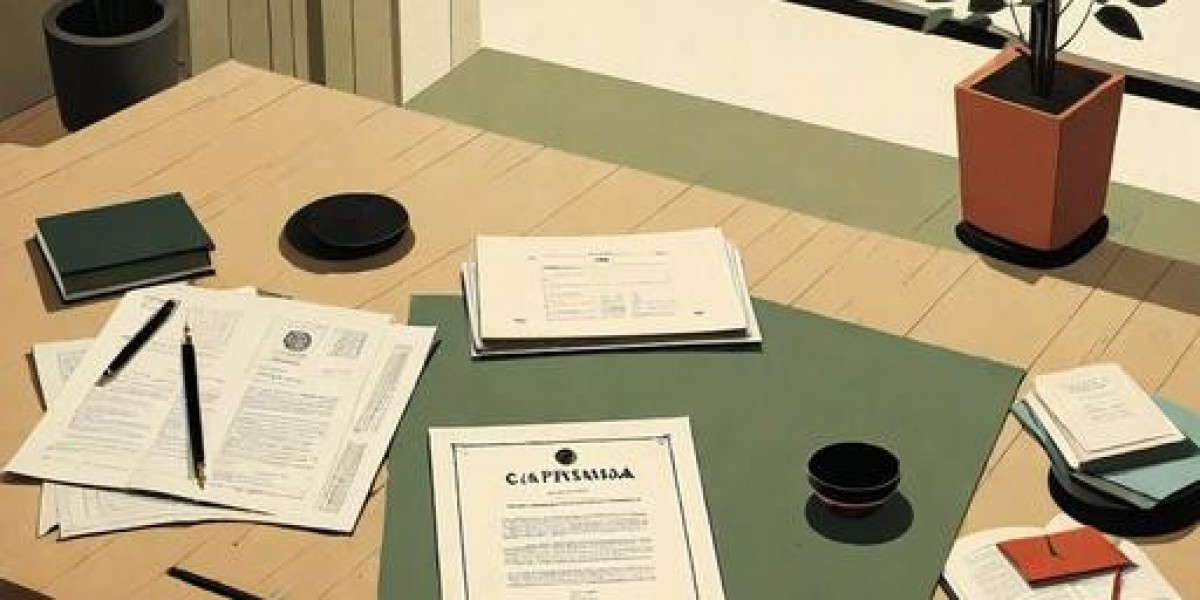Badminton is a fast-paced and exciting sport enjoyed by millions of people around the world. Whether you're playing casually with friends or competing at a high level, having a proper badminton court is essential to ensure the game is both fun and fair. A well-constructed court enhances the playing experience, allowing players to enjoy the sport at its best.
This article will provide a comprehensive guide on the key elements involved in designing and building a badminton court, including the dimensions, materials, and maintenance required to keep your court in excellent condition. Whether you are constructing a court for your home or building one for a public facility, this guide will help you create an optimal playing environment.
Understanding the Basics of a Badminton Court
1. Court Dimensions
The size and shape of the court are crucial for ensuring fair play in both singles and doubles badminton. The official dimensions, as outlined by the Badminton World Federation (BWF), are standardized for competitive play. Here’s a breakdown of the dimensions:
Length of the Court: 13.4 meters (44 feet)
Width for Singles: 5.18 meters (17 feet)
Width for Doubles: 6.1 meters (20 feet)
Height of the Net: 1.55 meters (5 feet 1 inch) at the center, 1.524 meters (5 feet) at the edges
In a doubles game, the court is wider to accommodate two players on each side. For singles matches, the narrower width is used to limit the coverage area.
2. Court Lines
The court is divided into several key areas marked by lines:
Baseline: The back boundary line of the court.
Sidelines: The boundary lines on the sides of the court.
Service Lines: These lines indicate where the server must serve. There is a short service line and a long service line, both critical in determining the areas where the shuttlecock must land during a serve.
The service area is also divided into two halves: one for the server’s side and one for the receiver’s side. These areas are smaller in doubles play but are the same size in singles.
3. The Net
The net is an essential feature of a badminton court. It divides the playing area into two halves. The net height is set at 1.55 meters at the center and slightly lower at the edges, creating a slight curve that makes it easier for players to hit the shuttlecock over it. The net must be taut and should run across the entire width of the court.
Materials for Building a Badminton Court
The materials used in constructing a badminton court play a significant role in the overall performance and safety of the game. Here are some of the most common materials used:
1. Wooden Flooring for Indoor Courts
For indoor badminton courts, wooden flooring is the most popular and traditional material. Wood provides a smooth, even surface that is easy on the players’ joints while allowing for quick movement. Maple and beech are common types of wood used in the construction of indoor courts because they are strong and resilient.
2. Synthetic and PVC Flooring
In recent years, synthetic and PVC flooring have gained popularity for indoor courts. These materials offer a non-slip surface with added cushioning, making them a great option for reducing injury risk. Synthetic courts are also easier to maintain than wooden ones, as they are less prone to wear and tear.
3. Concrete or Asphalt for Outdoor Courts
For outdoor badminton courts, concrete or asphalt are the most commonly used materials. These surfaces are durable and resistant to weather conditions. However, they can be harsh on the players' knees and joints, so many outdoor courts are now covered with rubberized surfaces or artificial grass to provide better cushioning and grip.
4. Grass Courts
While grass courts are rare for badminton, they can be used for casual play in outdoor settings. Grass courts are more difficult to maintain and can be inconsistent in their bounce, but they provide a softer landing for players and can make for a more relaxed playing environment.
Steps to Build a Badminton Court
Designing and building a badminton court requires careful planning and the right resources. If you are building a court from scratch, here are the steps involved:
1. Choose the Location
The first step in building a badminton court is to choose the right location. For indoor courts, you need a large, flat, and spacious area with sufficient ceiling height to accommodate the net and allow for unrestricted play. For outdoor courts, select a level surface that is free of obstructions like trees or large rocks. If you are building a permanent court, it’s essential to consider factors such as sunlight, wind, and accessibility.
2. Prepare the Foundation
For both indoor and outdoor courts, the foundation must be prepared to provide a stable surface. For outdoor courts, this involves preparing the soil and laying a concrete or asphalt foundation. For indoor courts, the foundation may include a subflooring layer to enhance the resilience and durability of the court.
3. Install the Flooring
Once the foundation is ready, the next step is to lay the appropriate flooring. For indoor courts, this will typically involve installing wooden panels or synthetic flooring with proper padding beneath the surface. For outdoor courts, concrete or asphalt can be used as the base, and you may also want to consider a rubberized surface for added comfort and durability.
4. Mark the Court Lines
After the flooring has been laid, it’s time to mark the lines. The lines should be painted with high-visibility paint so that they are easily seen by players. These lines must be precise and accurate according to the official court dimensions to ensure fair play. Be sure to mark the sidelines, baselines, service areas, and center lines.
5. Install the Net
Once the court lines are marked, install the net posts and the net itself. The net posts should be sturdy and adjustable, allowing for precise net height adjustments. The net should be made from durable material that will not sag easily and should be properly tensioned across the court.
Maintenance of a Badminton Court
To ensure that your badminton court remains in optimal condition for long periods, regular maintenance is essential. Here are some key maintenance tips:
1. Cleaning
For indoor courts, regularly sweeping or vacuuming the court to remove dirt and debris will help maintain a clean surface and avoid slips. Outdoor courts should be cleared of leaves, debris, and grass clippings, as these can obstruct the play and cause accidents.
2. Repairs and Surface Care
Occasionally, the surface may become damaged due to heavy use or weather conditions. For wooden floors, check for scratches, cracks, or loose planks. For synthetic surfaces, inspect for any wear or tears and perform repairs promptly. Outdoor courts may need to be resealed or resurfaced to ensure an even playing surface.
3. Net Maintenance
The net should be checked regularly for signs of wear and tear. Replace any frayed or damaged sections to ensure that the net remains taut and correctly positioned. The net posts should also be adjusted periodically to keep the net at the correct height.
4. Periodic Inspections
Perform periodic inspections of the court to ensure that all the lines are still clearly visible and that no obstructions are present. For outdoor courts, check the surrounding area for any hazards such as rocks or tree roots that could disrupt the game.
Conclusion
Building and maintaining a badminton court is an exciting and rewarding project for anyone passionate about the sport. Whether you're creating a recreational space in your backyard or building a professional court for a sports facility, understanding the dimensions, materials, and maintenance involved is key to ensuring a quality playing environment.
By following the steps outlined in this guide, you can create a safe, durable, and fun court where you can enjoy badminton for years to come. Whether you play casually or competitively, the right court setup will enhance your experience and help you improve your game.








